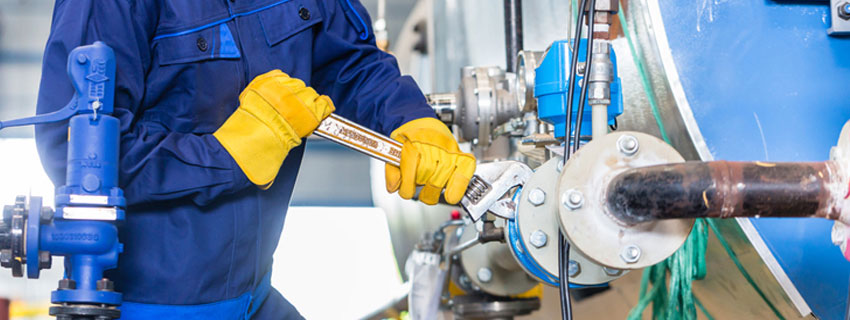Equipment repair and maintenance are essential in order to keep projects running smoothly, reliable and dependable.
Preventative equipment maintenance is key to extending equipment life and ultimately saving you time and money. While the common perception may be that preventative maintenance is unnecessary, the reality is that without it, users are often left with more expensive repairs.
1- Increased productivity
When equipment runs efficiently, projects get done on or ahead of schedule. Staying on top of the “optimal, like-new condition” is key to maintaining that level of equipment efficiency. When maintenance suffers, efficiency suffers too.
When efficiency suffers, so does your bottom line.
Poor maintenance strategies can reduce an organization’s production capacity by 20 percent. Modern preventive maintenance solutions allow operational managers to digitize essential equipment details, assign recurring work orders and review asset history.
2- Damage prevention
Preventive maintenance ensures all business equipment assets are running according to manufacturer guidelines. As poorly performing parts are updated, assets perform at a steady level of productivity throughout the year. This reduces the frequency of capital expenditures needed to purchase new equipment.
3- Increase safety
The more often assets are checked, the less likely dangerous problems like offshore fires occur. Businesses that follow preventive maintenance schedules reduce the risk of unexpected breakdowns, health hazards and injuries, and liability lawsuits.
4- Reduce expenses
While it may seem like it does not make sense to spend the time and money to have equipment inspected or repaired, the reality is waiting is going to cost even more. Bigger, more complex repairs come with bigger price tags.
Unsurprisingly, reactive maintenance downtime contributes to costly repairs. Using equipment to the point of failure may cost 10X more than performing periodic maintenance. Sometimes, those repairs can be accomplished quickly by internal employees. Other times, organizations must wait on outsourced professionals to get the job done.

